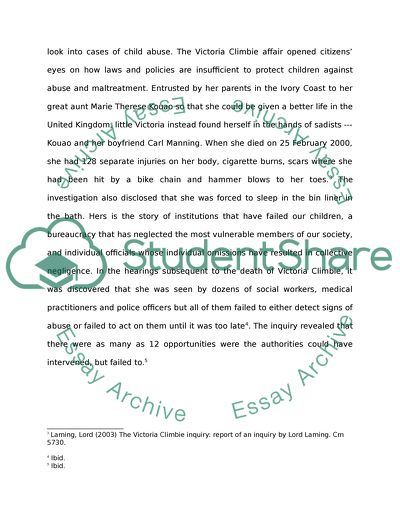Cite this document
(“Childs Autonomy Essay Example | Topics and Well Written Essays - 3000 words”, n.d.)
Retrieved from https://studentshare.org/sociology/1503986-childs-autonomy
Retrieved from https://studentshare.org/sociology/1503986-childs-autonomy
(Childs Autonomy Essay Example | Topics and Well Written Essays - 3000 Words)
https://studentshare.org/sociology/1503986-childs-autonomy.
https://studentshare.org/sociology/1503986-childs-autonomy.
“Childs Autonomy Essay Example | Topics and Well Written Essays - 3000 Words”, n.d. https://studentshare.org/sociology/1503986-childs-autonomy.


